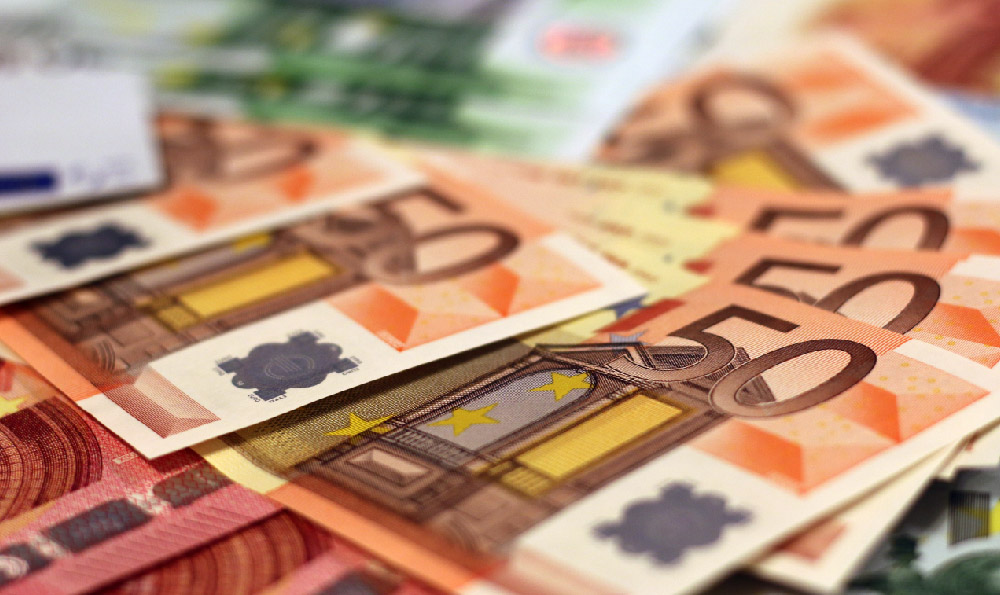The allure surrounding royalty often includes fascination with their vast wealth. Understanding how royals accumulate and maintain their fortunes is a complex topic, involving a blend of historical inheritance, modern investment strategies, and, increasingly, entrepreneurial endeavors. It's a mistake to assume royal wealth is purely based on inherited crowns jewels and state funds; the reality is often much more nuanced.
Historically, royal wealth was derived from land ownership, taxation rights, and control over valuable resources within their territories. Monarchs essentially owned vast portions of their kingdoms, extracting wealth through rents, levies, and control over industries like mining and agriculture. This system, of course, has largely evolved with the rise of constitutional monarchies and modern governance. While some families still retain significant landholdings, their power to directly tax citizens or exploit resources is significantly diminished.
Today, a significant portion of royal wealth stems from inherited assets. These include real estate holdings, art collections, stocks and bonds, and other investments passed down through generations. These assets are often held in trusts or private companies to ensure their preservation and management. The Crown Estate in the UK, for example, is a vast portfolio of land, property, and seabed owned by the reigning monarch "in right of the Crown," meaning it belongs to the position of monarch rather than the individual. While the monarch doesn't personally own the Estate, its revenues are used to fund public services, and a portion goes to the Sovereign Grant, which covers the official expenses of the monarchy. This is a prime example of how historically derived assets continue to contribute to royal income.

However, merely inheriting wealth is not sufficient to sustain it, especially in the face of inflation, changing economic landscapes, and increasingly complex global markets. Successful royal families employ sophisticated investment strategies to grow and protect their fortunes. This often involves hiring expert financial advisors and asset managers who diversify investments across various sectors and asset classes. They might invest in publicly traded companies, private equity firms, real estate development projects, or even venture capital opportunities. Diversification is crucial to mitigating risk and ensuring that the portfolio remains resilient during market downturns. For instance, a royal family might invest in renewable energy projects, technology companies, or established brands in consumer goods. The specific investment choices depend on their risk tolerance, long-term financial goals, and the advice of their financial team.
Beyond passive investments, some royals are actively involved in entrepreneurial ventures. They may establish their own businesses, endorse brands, or engage in philanthropic activities that enhance their public image and create economic opportunities. For example, some royals have launched clothing lines, jewelry brands, or food products, leveraging their name recognition and association with luxury to attract customers. Others might invest in startups or real estate development projects, taking a more hands-on approach to wealth creation. The key here is to find ventures that align with their values and brand image, while also offering a viable business model.
Another crucial aspect of royal wealth management is taxation. Royal families are subject to the tax laws of their respective countries, although there may be certain exemptions or special arrangements in place. For example, the British monarchy pays taxes on their private income and investments, but they are exempt from inheritance tax on assets passed down from one monarch to the next. These tax arrangements are often subject to public scrutiny and debate, as some argue that royal families should be treated no differently from ordinary citizens. The transparency and fairness of these arrangements are crucial for maintaining public trust and legitimacy.
Avoiding investment pitfalls is also paramount. Royals, like any other investor, are susceptible to scams, Ponzi schemes, and other fraudulent activities. They must exercise due diligence when making investment decisions, thoroughly vetting potential opportunities and seeking advice from trusted experts. They also need to be wary of investments that seem too good to be true or that promise unrealistically high returns. Moreover, maintaining confidentiality is crucial to protect their wealth and avoid attracting unwanted attention.
Finally, charitable foundations often play a vital role in managing and deploying royal wealth. These foundations allow royal families to support causes they care about, while also enhancing their public image and building goodwill. By investing in education, healthcare, environmental conservation, or other worthy causes, they can demonstrate their commitment to social responsibility and make a positive impact on society. The financial activities of these foundations are often subject to public scrutiny, ensuring transparency and accountability.
In conclusion, royal wealth is a complex blend of historical inheritance, astute investment strategies, entrepreneurial endeavors, careful tax planning, and charitable giving. While the image of royalty may conjure up visions of endless riches, the reality is that managing and sustaining these fortunes requires careful planning, expert advice, and a commitment to responsible stewardship. The ability to adapt to changing economic conditions, embrace new opportunities, and avoid financial pitfalls is crucial for ensuring that royal wealth continues to thrive for generations to come. The modern royal family is as much a business as a symbol, navigating the complexities of wealth management in a globalized world.












